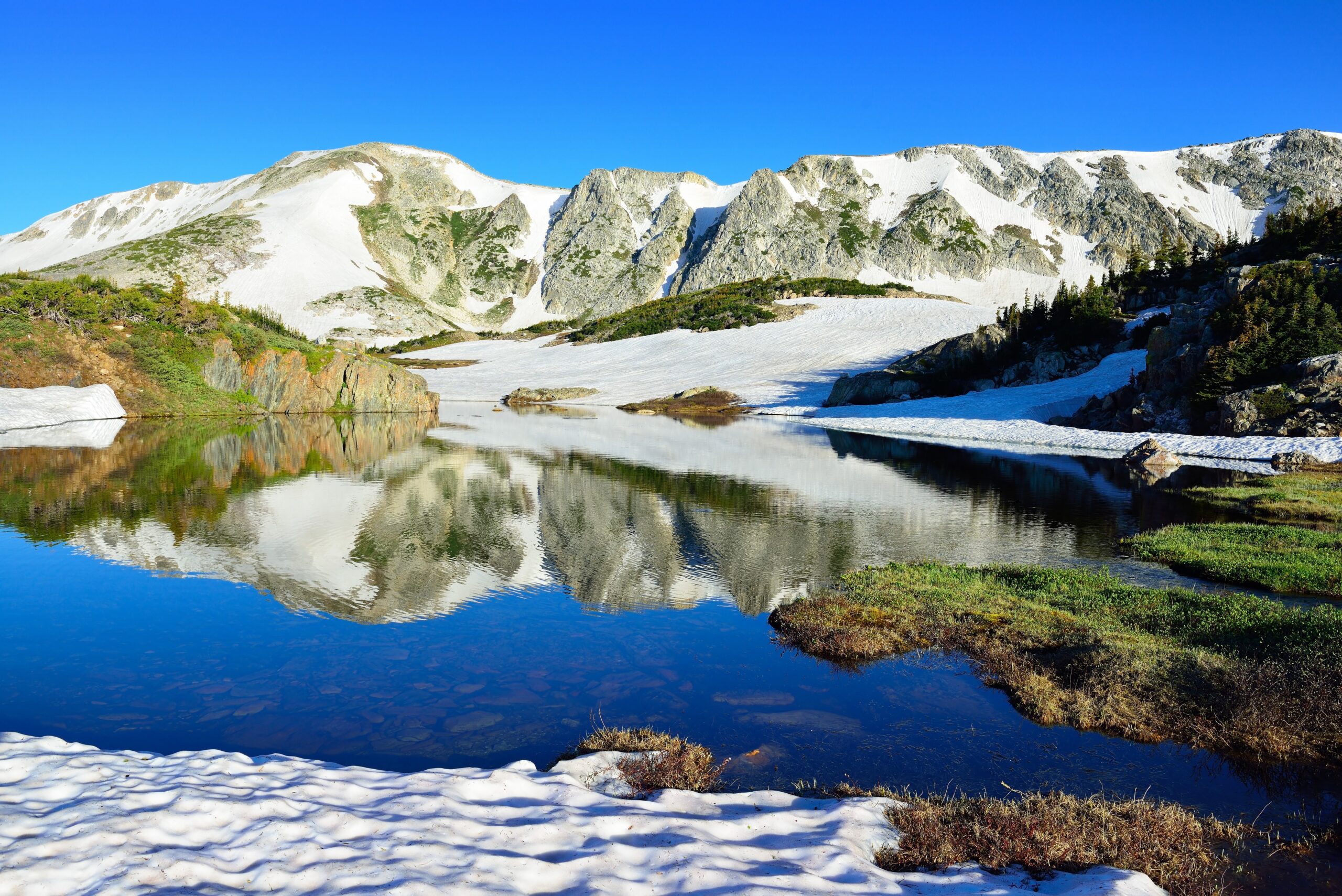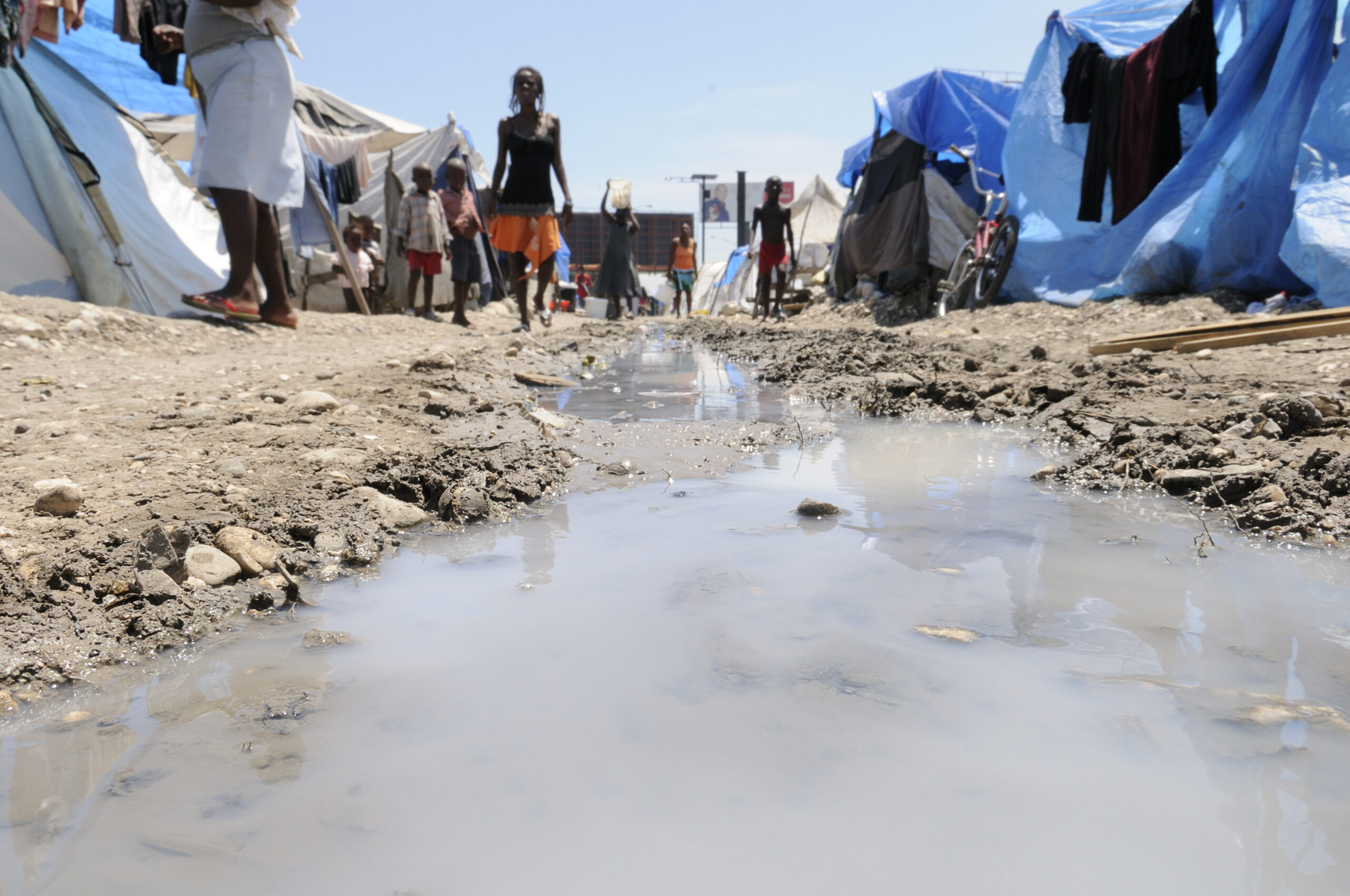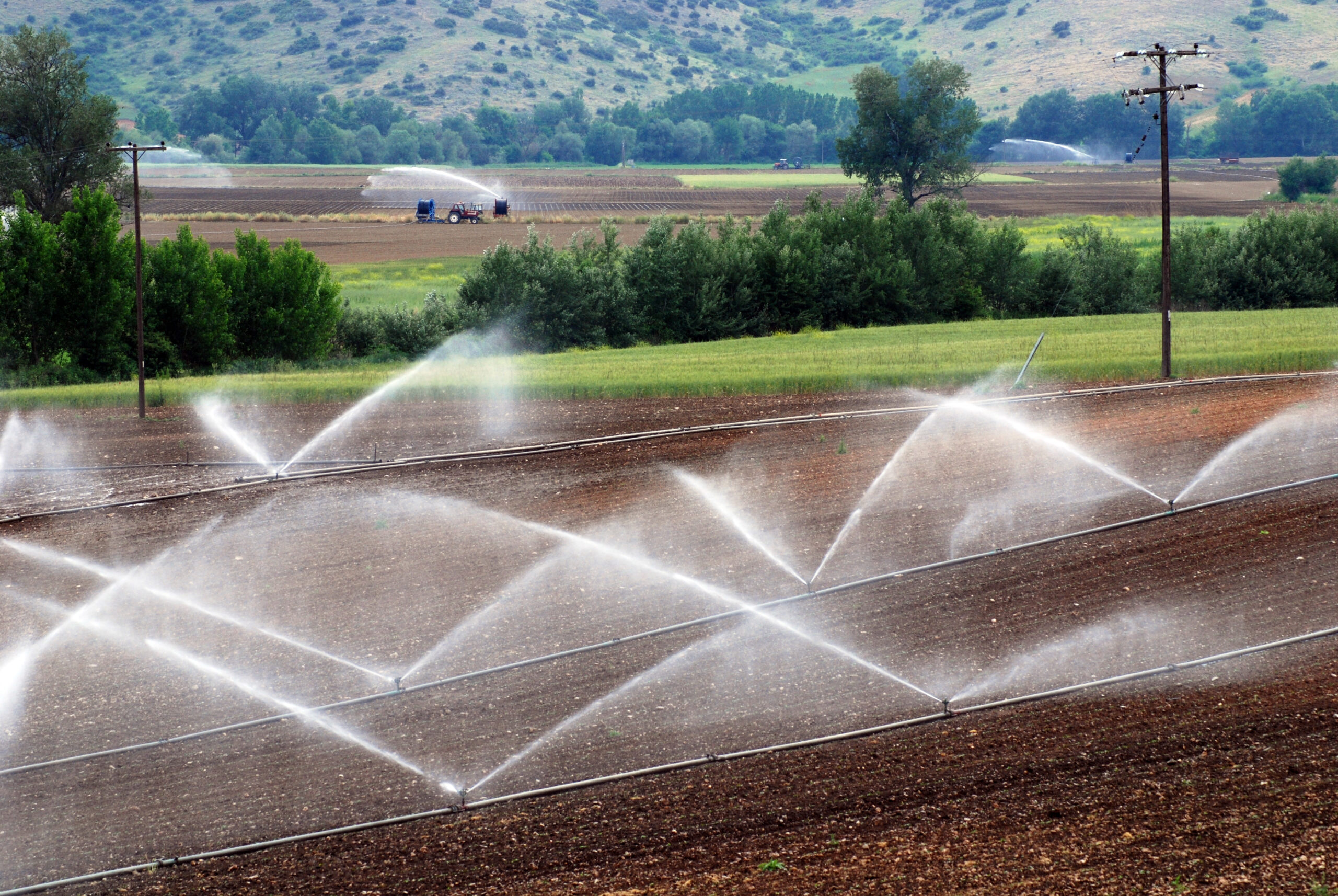The Impact of CO2: Water

Carbon Dioxide, or CO2, is one of the most widely discussed topics regarding clean energy and sustainability. It is a naturally occurring gas that has historically been released into the atmosphere in nature through occurrences such as organism decay, forest fires, and volcano eruptions. However, it is currently one of the primary factors contributing to the world's rising atmospheric temperature. This increase is due to a combination of human activity and something called the greenhouse effect.
Like CO2 emissions, the greenhouse effect, often discussed in climate-related topics, is also a naturally occurring phenomenon. In fact, the Earth relies on gasses like CO2, methane and nitrous oxide and others involved in the greenhouse effect to keep its temperature stable and warm. Without greenhouse gasses, the planet would be at a temperature 33°C (59°F) cooler than it is today and would have never had the opportunity to develop life as it has. Despite the importance of maintaining a warm atmosphere, if left unchecked, the greenhouse effect can get to the point where it does its job too well.
Modern-day CO2 emissions are at an all-time high due to human activities such as industrialism, agriculture, transportation, and more. Through burning fossil fuels like coal and natural gas alone, thousands of years of CO2, initially absorbed by fossilized plants and organisms, is abruptly released into the atmosphere in a couple of years. Such a high increase in CO2 exacerbates the greenhouse effect, destabilizing and further raising the planet's atmospheric temperature.
Why is rising atmospheric temperature dangerous?
A warmer climate may not seem like something that should cause too much worry. However, the Earth itself is not much different from a living organism. It breathes through its forests and jungles and consumes energy through the sun and the Earth's living ecosystems. The planet can replenish and clean itself through the natural processes found in the natural world. Some excess heat alone can inhibit the Earth's ability to provide a healthy and plentiful environment.
As levels of CO2 rise in the atmosphere, the excess gasses become trapped and cannot escape into space as the excess usually does. With nowhere to go, the extra CO2 gets reabsorbed by the Earth's surface. Around 71% of this surface is covered in oceans, posing a significant threat to their ecosystems and the natural processes they carry out. For example, rising temperatures are responsible for melting glaciers at a much faster rate than ever before. Melted glaciers can lead to rising sea levels, reduced or completely disappeared currents, climate change, and extreme weather.
Additionally, CO2 can alter the water's chemistry. The oceans absorb about 30% of the excess CO2 in the atmosphere. However, as CO2 levels rise, so does the percentage of CO2 absorbed into the sea. The chemical reaction that follows results in a higher concentration of hydrogen ions and, consequently, a higher acidity and a lower pH. The ocean's pH prior to the industrial revolution sat around 8.2. modern-day studies demonstrate that the pH of the oceans now sits at around 8.1. Therefore, the acidity of the oceans is now 30% greater than before the industrial revolution.
Organisms that survive from building shells and skeletons, such as oysters and those responsible for building coral reefs, cannot do so in more acidic environments. Studies have also demonstrated that the auditory responses of larger organisms like clownfish may be impacted by higher CO2 levels, resulting in their inability to detect predators or find shelter. On the other hand, algae have been found to thrive with excess CO2, resulting in their overgrowth.
All of these factors combined lead to a problematic and more hostile environment. As a society we must begin to see the consequences of unsustainable practices as an immediate danger. Taking action begins with learning about energy and the connection between our modern way of life and our natural resources. To learn more about how to live a more Resourceful life, visit Resourcefulness.org, and don't forget to follow us on Instagram and Facebook for daily updates.


